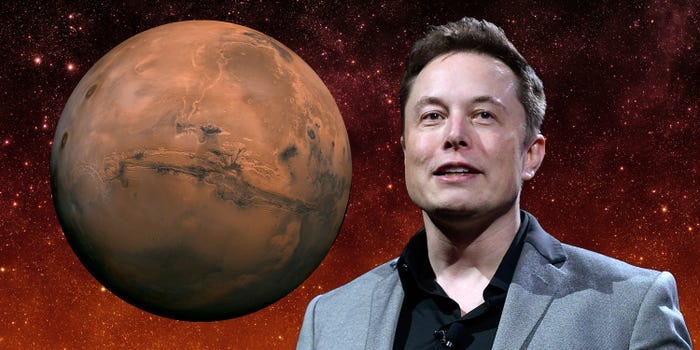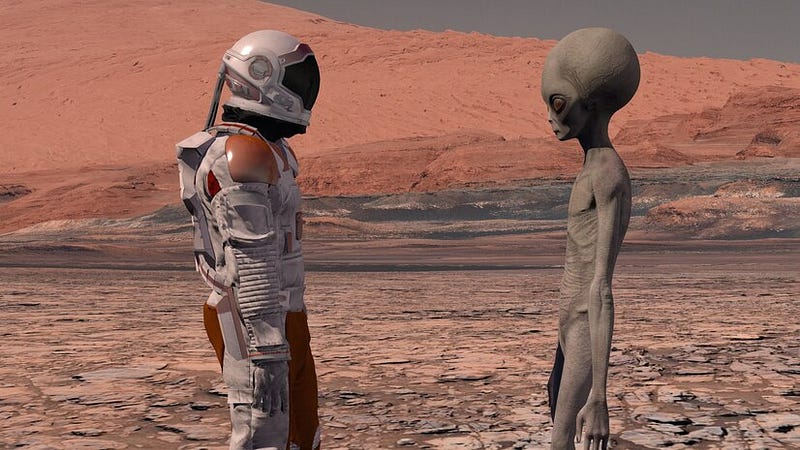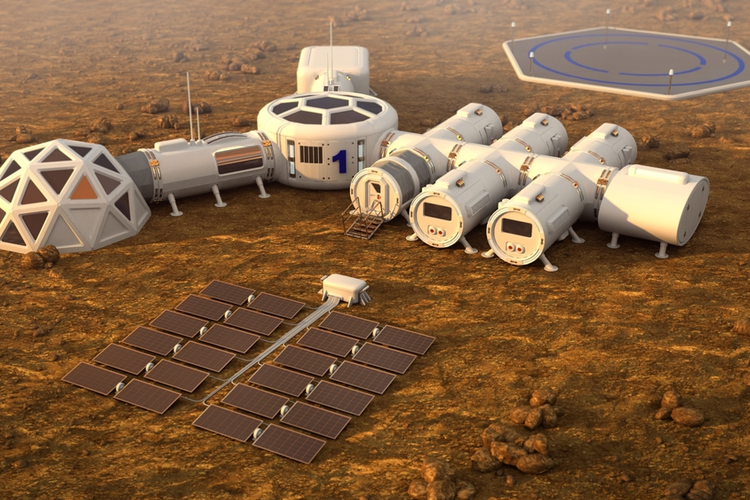The Challenge of Colonizing Mars and Beyond: A Realistic Outlook
Written on
Chapter 1: The Ambition of Mars Colonization
The distinction between sending humans to Mars and establishing a permanent settlement on another planet is significant. SpaceX's CEO, Elon Musk, has set a bold target of creating a community of one million individuals on Mars by 2050.

While this goal might appear overly optimistic, considering that humans have yet to set foot on the Martian surface, one must ponder its feasibility. How long will it take for humanity to once again dominate a new world? Is it plausible for humans to extend their influence beyond our solar system?
The responses to these inquiries hinge on the specific planet in question. For Mars, several decades could be a viable timeframe. Serkan Saydam, who serves as the deputy director of the Australian Center for Space Engineering Research and is a professor at the University of New South Wales, believes that human colonization of Mars is achievable within a few decades. As a mining engineer, he focuses on the future of resource extraction, emphasizing that securing water—sourced from ice or hydrated minerals—will be crucial for establishing a successful colony. This water will not only support agriculture but may also serve as a source of rocket propellant, akin to the practices depicted in the 2015 film "The Martian."
However, there is no scientific agreement on whether Mars can be colonized by 2050. Some experts, like Louis Friedman, a space engineer and co-founder of The Planetary Society, have expressed skepticism about the likelihood of colonization in the foreseeable future. Rachael Seidler, a neuroscientist from the University of Florida who has collaborated with NASA astronauts, remarked that while optimism regarding Mars's colonization is common, it is often misplaced.

Nevertheless, the prospect of reaching Mars appears more realistic, with China aiming to send humans to the planet by 2033 and NASA planning to follow suit in the late 2030s or early 2040s. Once humans are on Mars, the subsequent challenge will be establishing a sustainable presence.
Section 1.1: The Reality of Martian Life
Creating a self-sufficient colony on Mars necessitates a degree of decentralization while still relying on supplies from Earth. Saydam likens Mars to an isolated island, which will still require periodic resupply missions. “A lot of equipment and tools will be sent from Earth,” he stated. “I don’t envision the ability to manufacture a car on Mars.”
For Mars to thrive in the long term, it will need to develop an economy. Space tourism is one potential avenue, but Saydam highlights mining as the cornerstone of successful colonization. The extraction of valuable materials, such as platinum from asteroids, could pave the way for a new space economy, fostering investment in further research.

While Mars is currently the most viable candidate for extraterrestrial colonization, it is far from an ideal environment for humans. The Martian atmosphere is composed of over 95% carbon dioxide, with average temperatures hovering around -80 degrees Fahrenheit (-60 degrees Celsius). Additionally, it takes approximately 8.5 months to travel from Earth to Mars, and the planet lacks adequate protection from harmful radiation.
Section 1.2: The Distant Exoplanets
In contrast, exoplanets—planets orbiting stars outside our solar system—may offer hospitable conditions for life. Unfortunately, their vast distances pose significant challenges. To date, no spacecraft has visited an exoplanet; the only probes to exit our solar system, Voyager 1 and 2, took 35 and 41 years, respectively, to reach interstellar space.
“The nearest exoplanet would take tens of thousands of years to reach with our current technology,” explained Frédéric Marin, an astronomer at the Strasbourg Astronomical Observatory in France. The lengthy travel times present formidable obstacles to exploring these distant worlds. However, Marin, who models interstellar travel, remains hopeful that advancements in propulsion technology could reduce travel times in the future.
Marin believes that as humanity continues to innovate, the duration required to traverse space might decrease from tens of thousands of years to just hundreds. He proposes a prototype for reaching a potentially habitable planet within 500 years. This journey would involve multiple generations living aboard a spacecraft, raising ethical questions about reproduction and quality of life during extended interstellar travel. Given the pressing global challenges like climate change, humanity’s ability to embark on such ambitious endeavors remains uncertain.
Chapter 2: Perspectives on the Future of Space Colonization
The first video, "Why Colonizing The Solar System Will Remain Only A Dream," delves into the myriad challenges and possibilities of space colonization, highlighting the complexities involved.
In the second video, "Why Humans Will Never Colonize Mars with Gizmodo's George Dvorsky," the discussion focuses on the scientific and logistical hurdles that may hinder our attempts to settle on Mars.